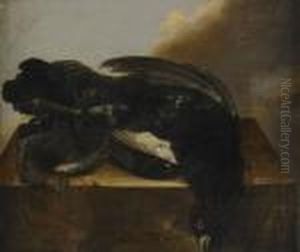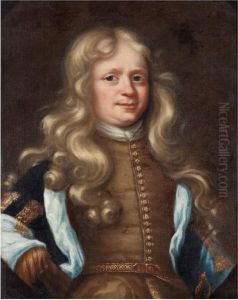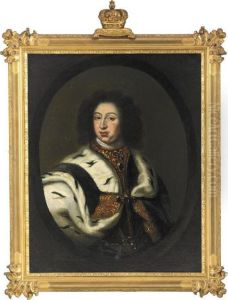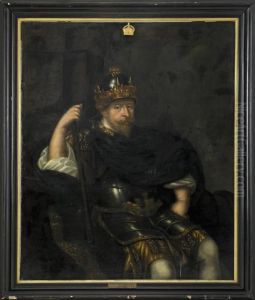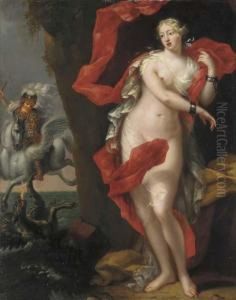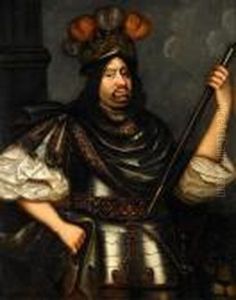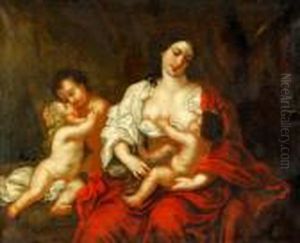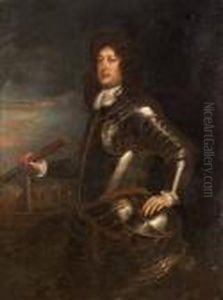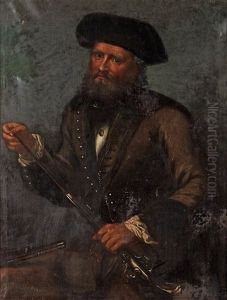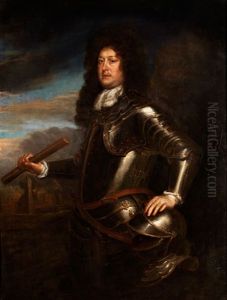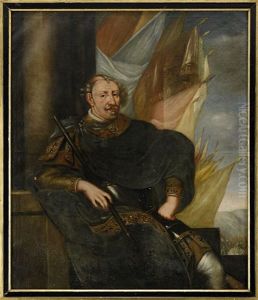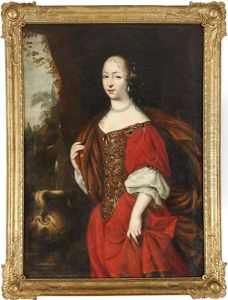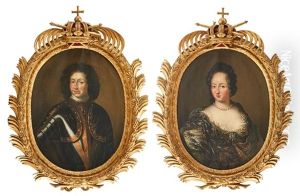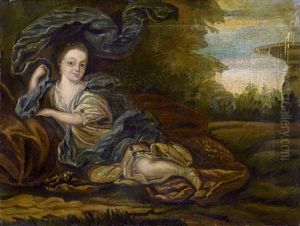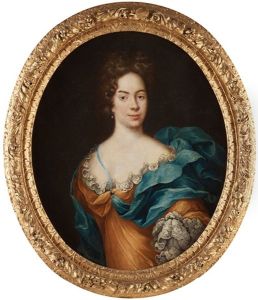David Klocker Von Ehrenstrahl Paintings
David Klöcker Ehrenstrahl was a significant Swedish painter of the Baroque era, known for his portraits and historical paintings. Born in Hamburg, Germany, in 1628, Ehrenstrahl showed artistic talent at an early age. He embarked on his artistic journey by studying under important painters in Hamburg and later continued his education in various European cities, including Rome, where he was deeply influenced by the grandeur of Italian Baroque.
After his formative years of training, Ehrenstrahl moved to Sweden in the 1650s, where he found a welcoming and thriving cultural environment under the patronage of Queen Christina and, subsequently, under her successors, Charles X Gustav and Charles XI. He became the most favored portrait painter at the Swedish court and was eventually appointed as the court painter, a position that solidified his reputation and influence.
Ehrenstrahl's work is characterized by his adept use of light and shadow, drawing inspiration from the Italian masters, yet incorporating a distinctive northern European sensibility. His portraits exude a sense of elegance and poise, capturing not just the physical likeness of his sitters but also a glimpse into their status and persona.
Apart from his portraiture, Ehrenstrahl also engaged in creating large-scale historical and allegorical paintings, which adorned the royal palaces and public buildings in Sweden. These works reflect his capacity to handle complex compositions and his skill in narrative storytelling through visual means.
David Klöcker Ehrenstrahl's legacy is of a pioneering figure in Swedish art, who brought the grand style of the European Baroque to the north and inspired a generation of Swedish artists. His paintings remain a testament to the cultural aspirations of the Swedish empire during the 17th century. Ehrenstrahl died in Stockholm in 1698, leaving behind a rich body of work that continues to be celebrated for its artistic excellence and historical significance.





